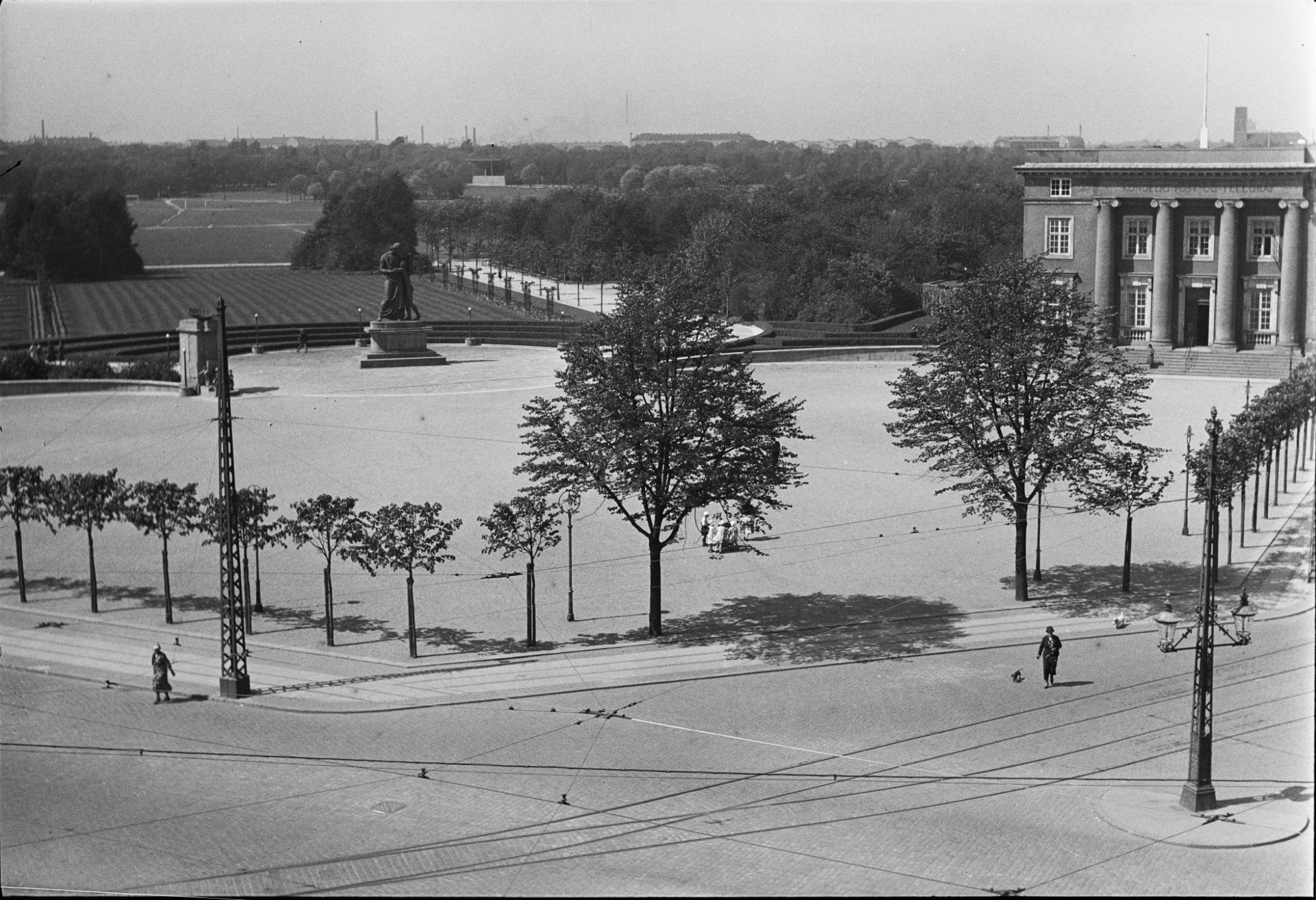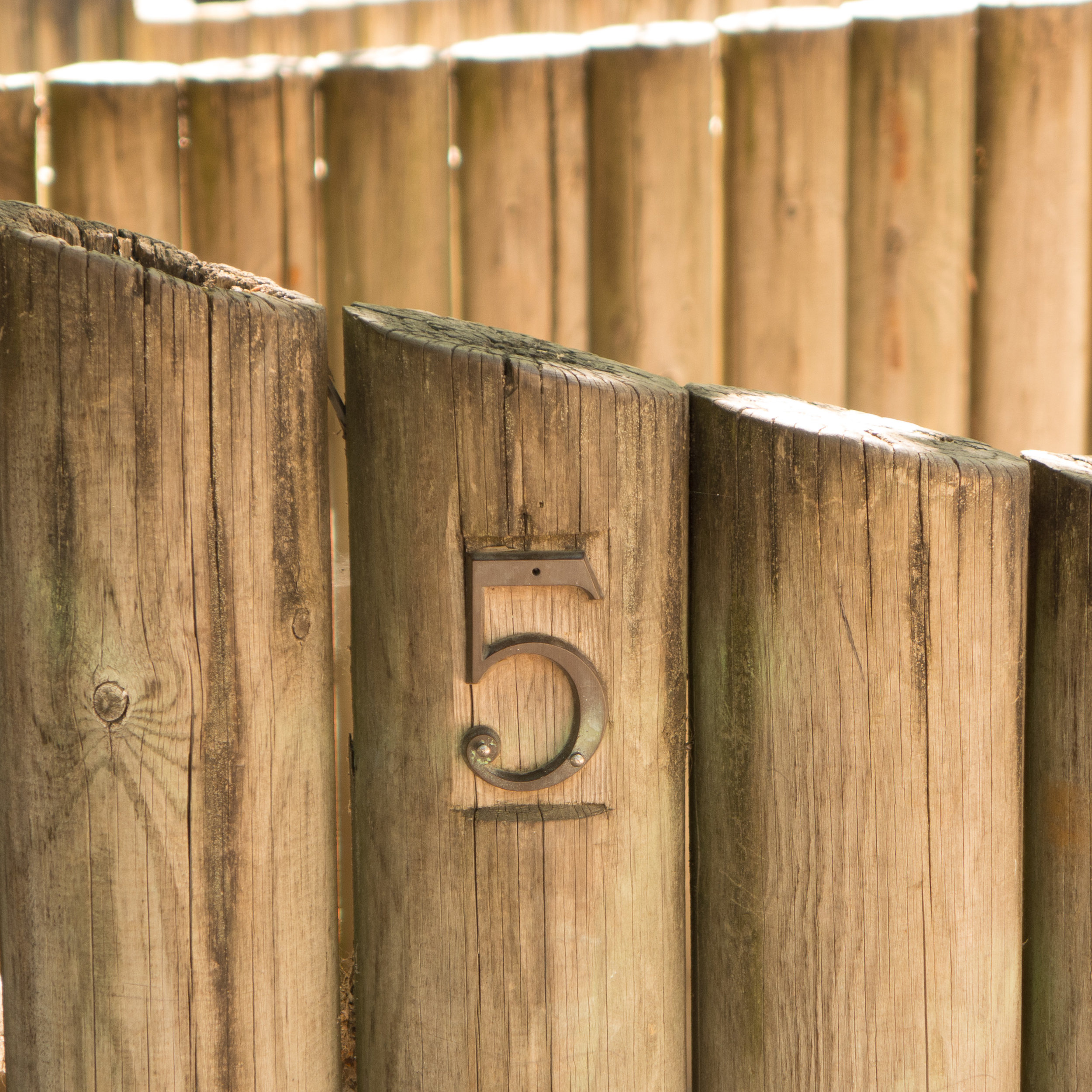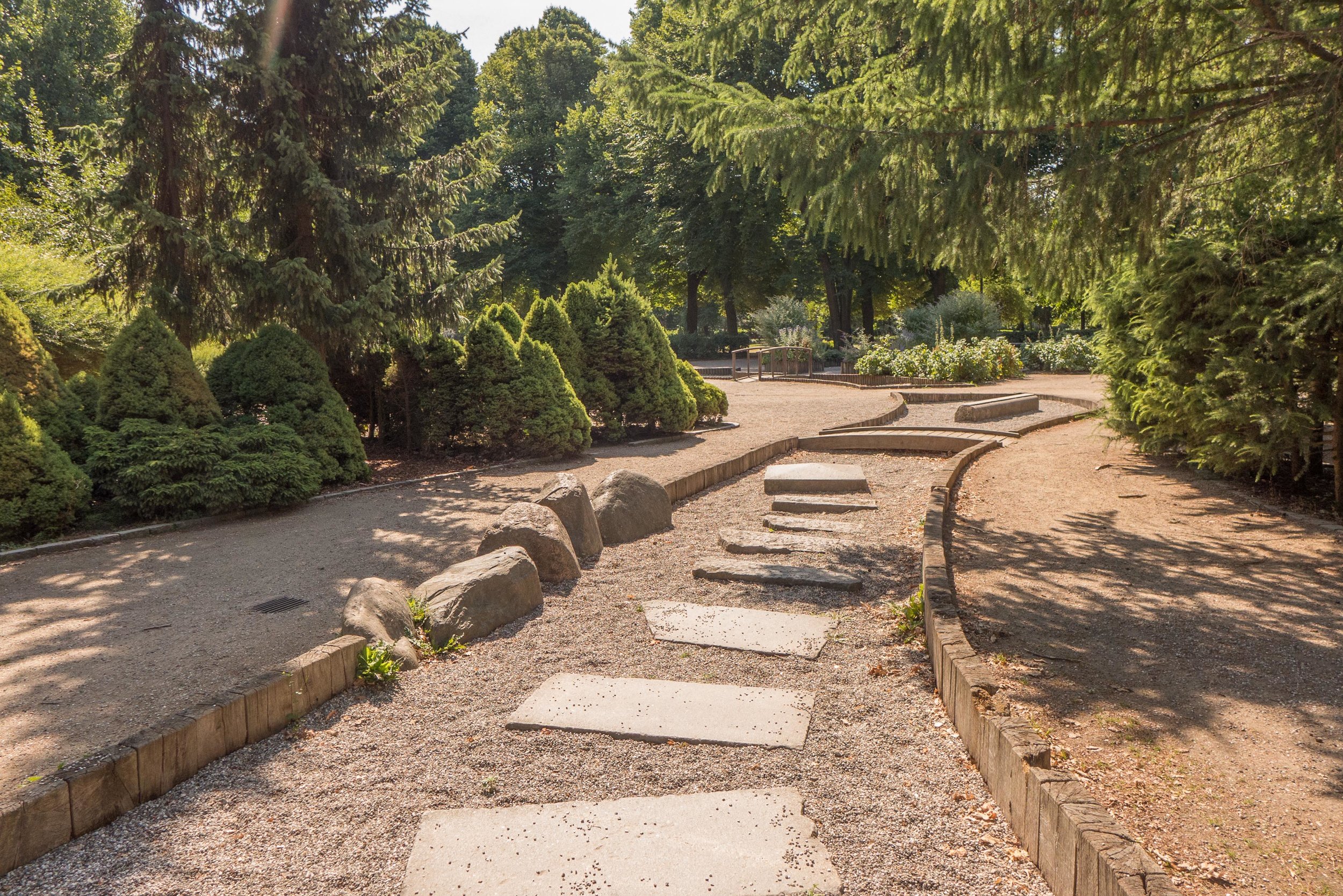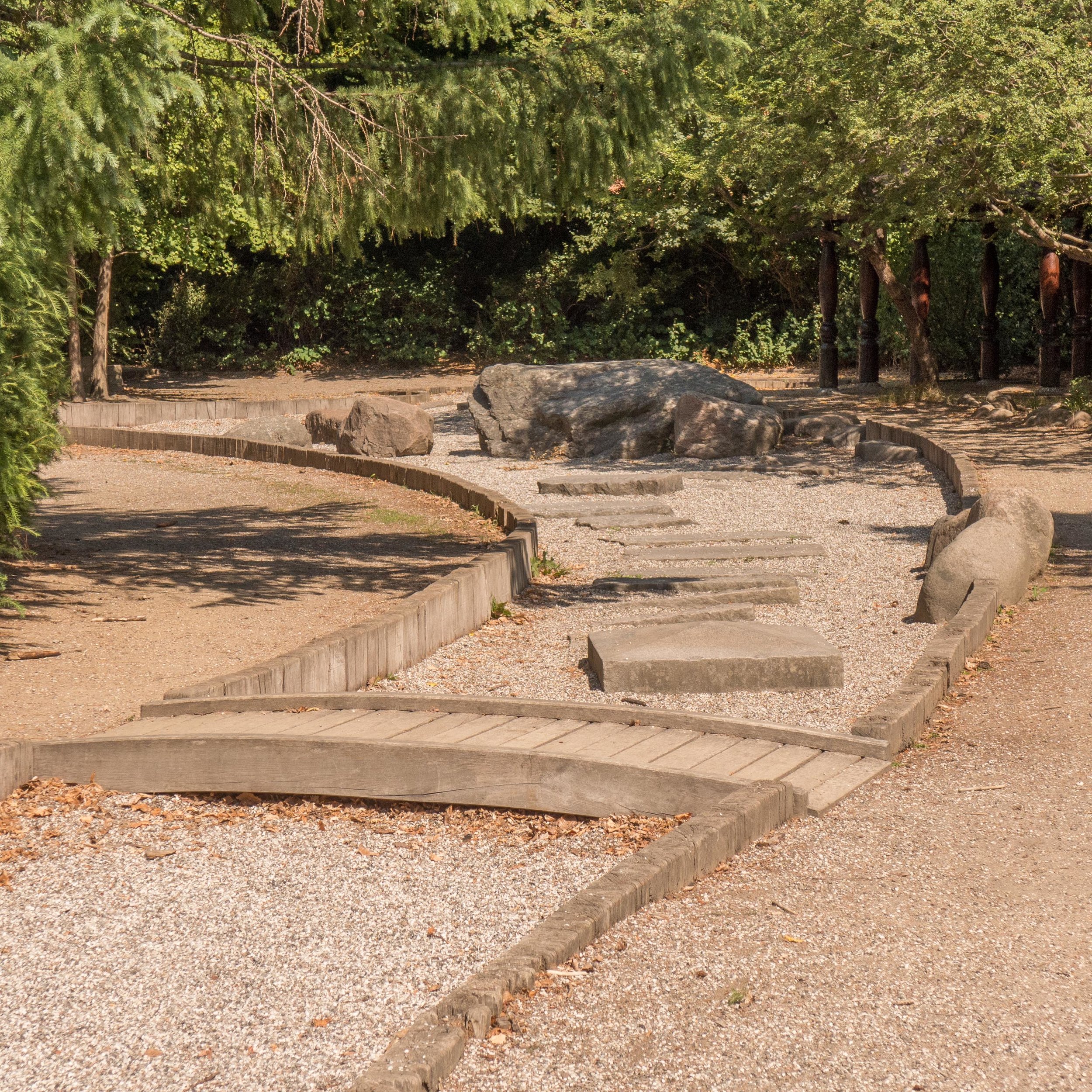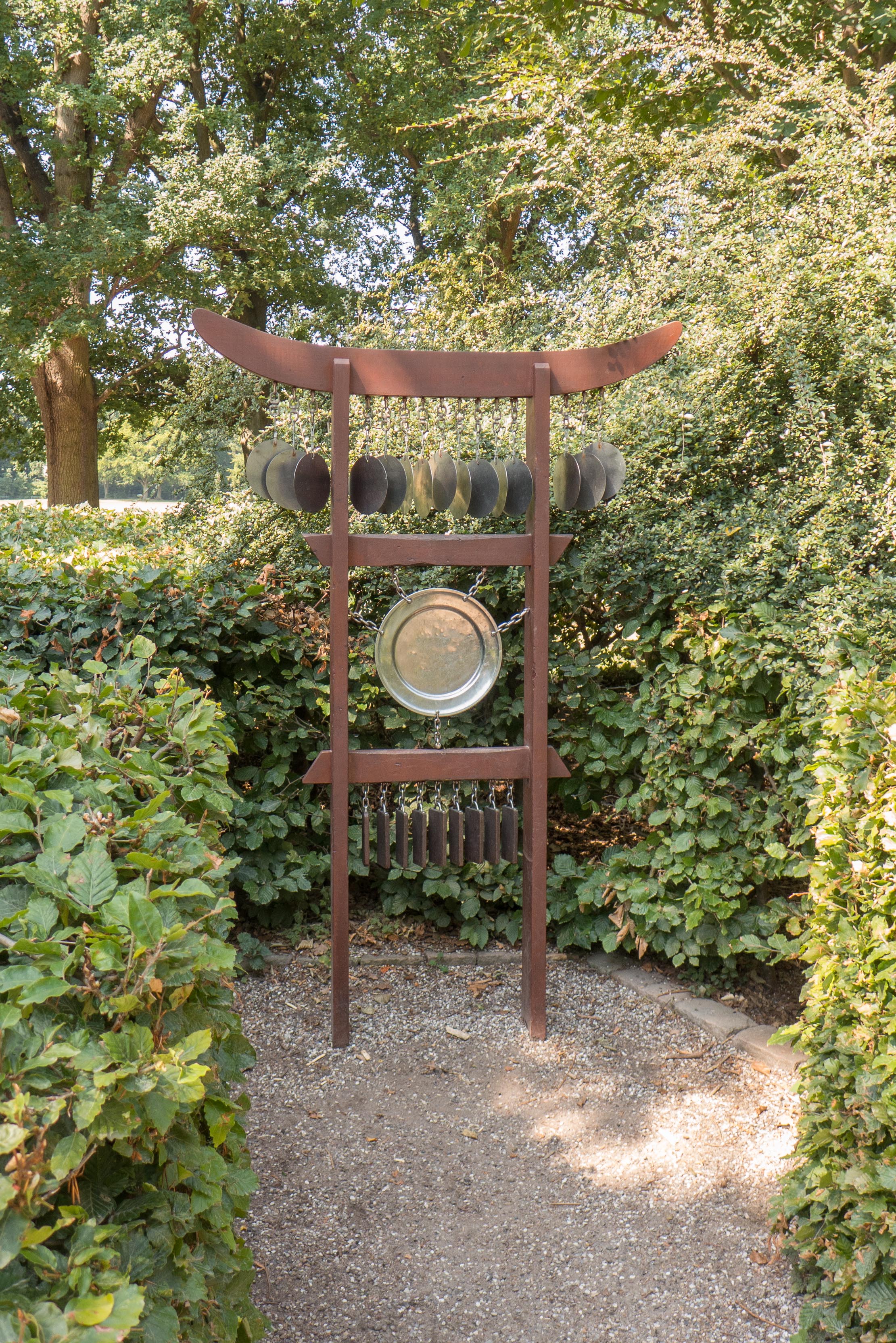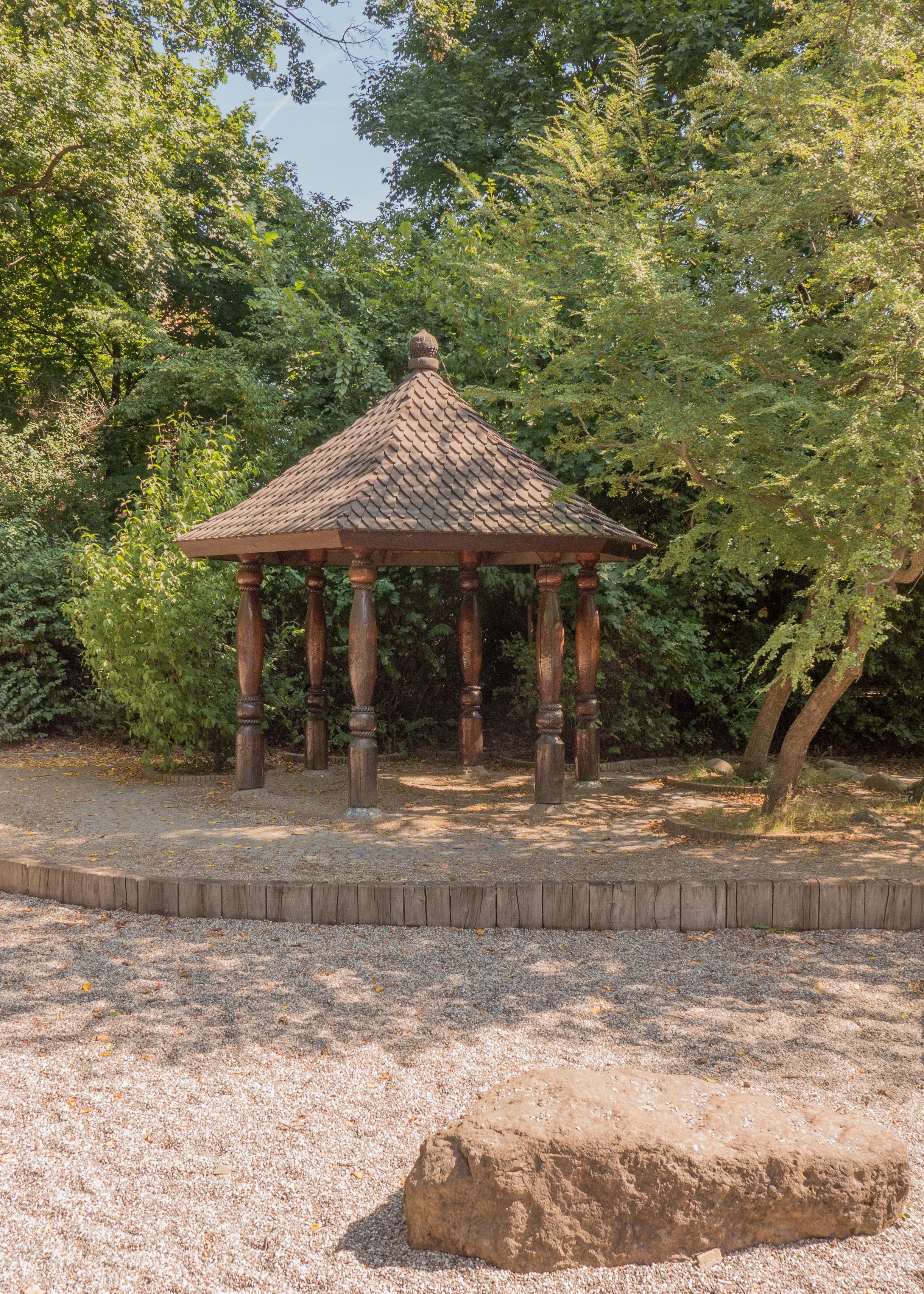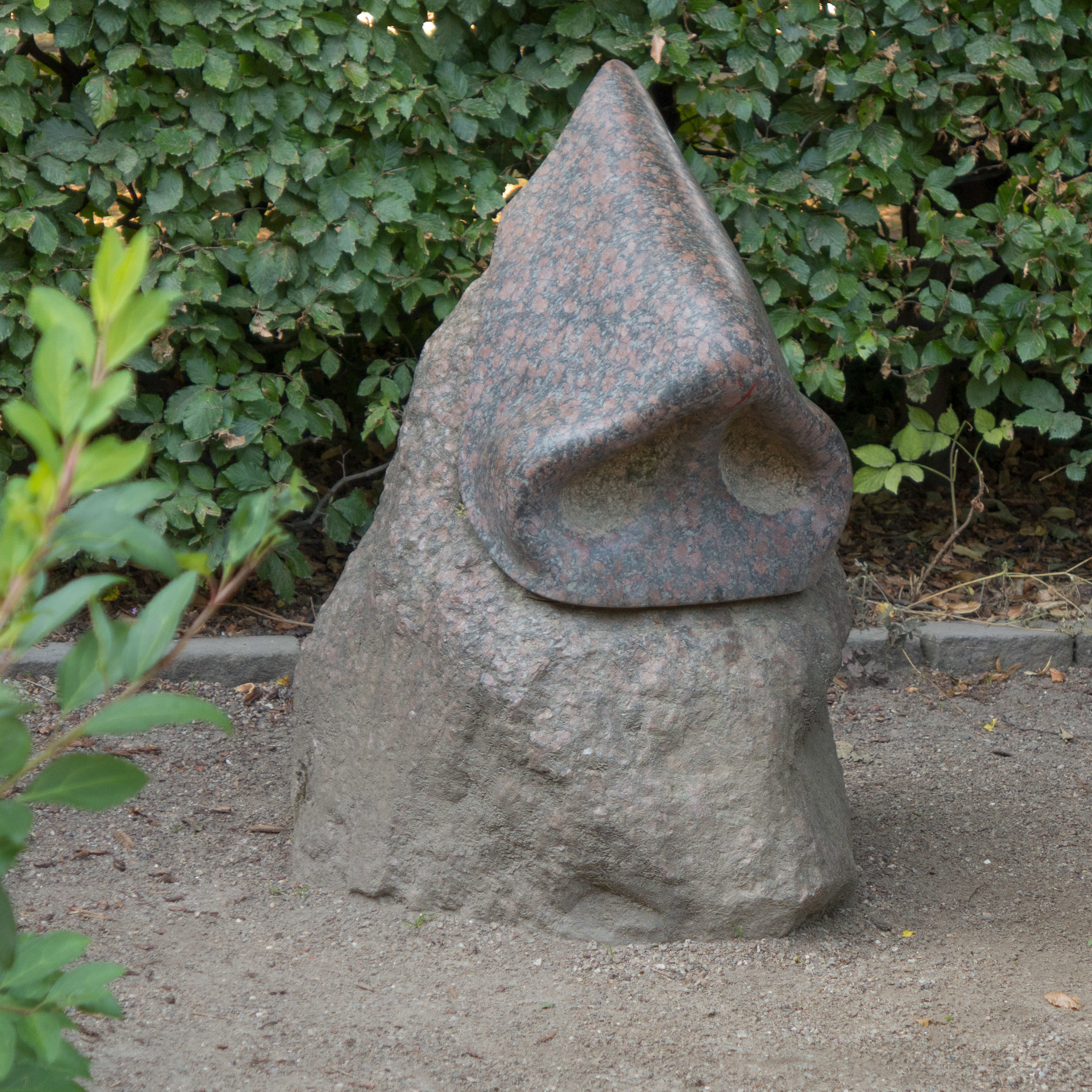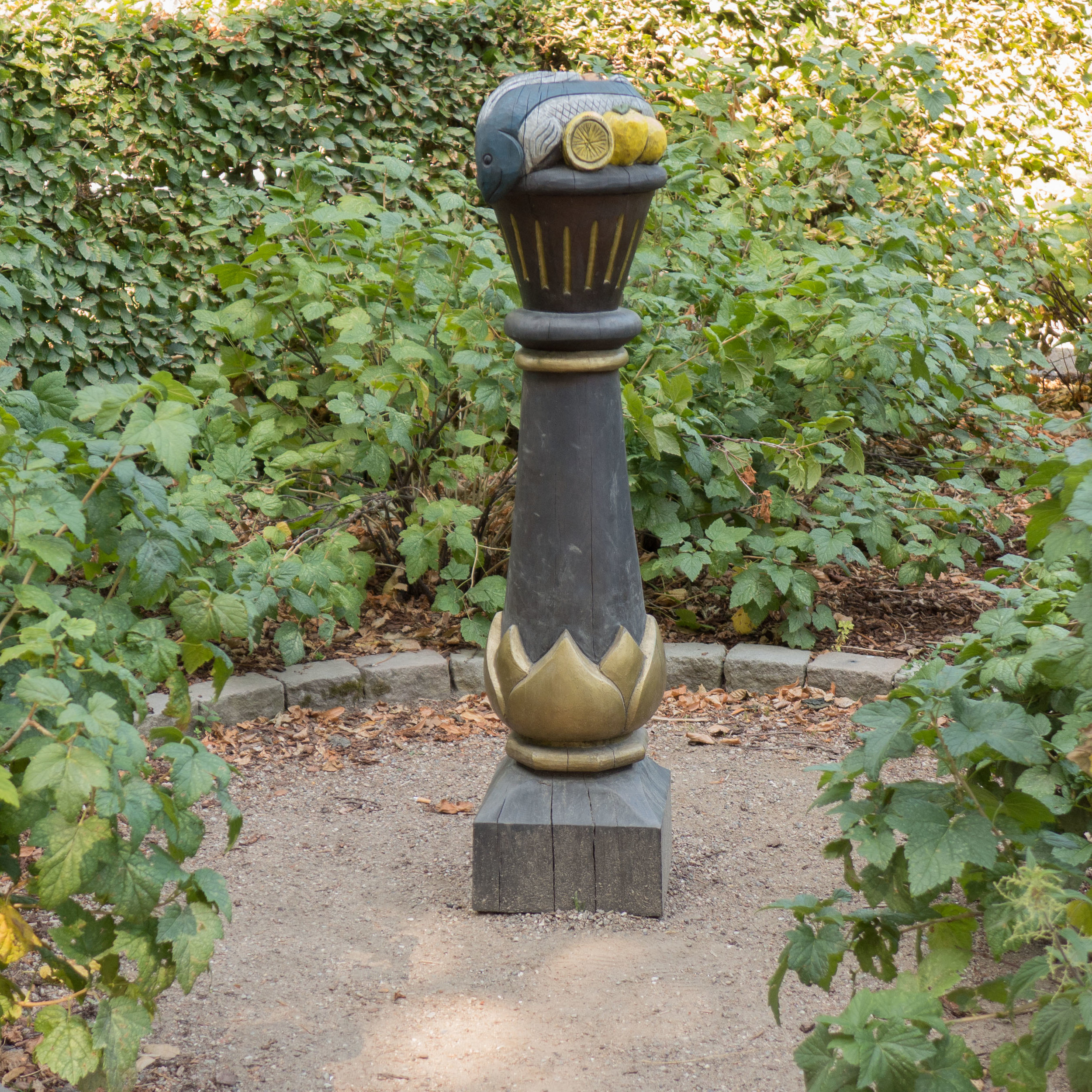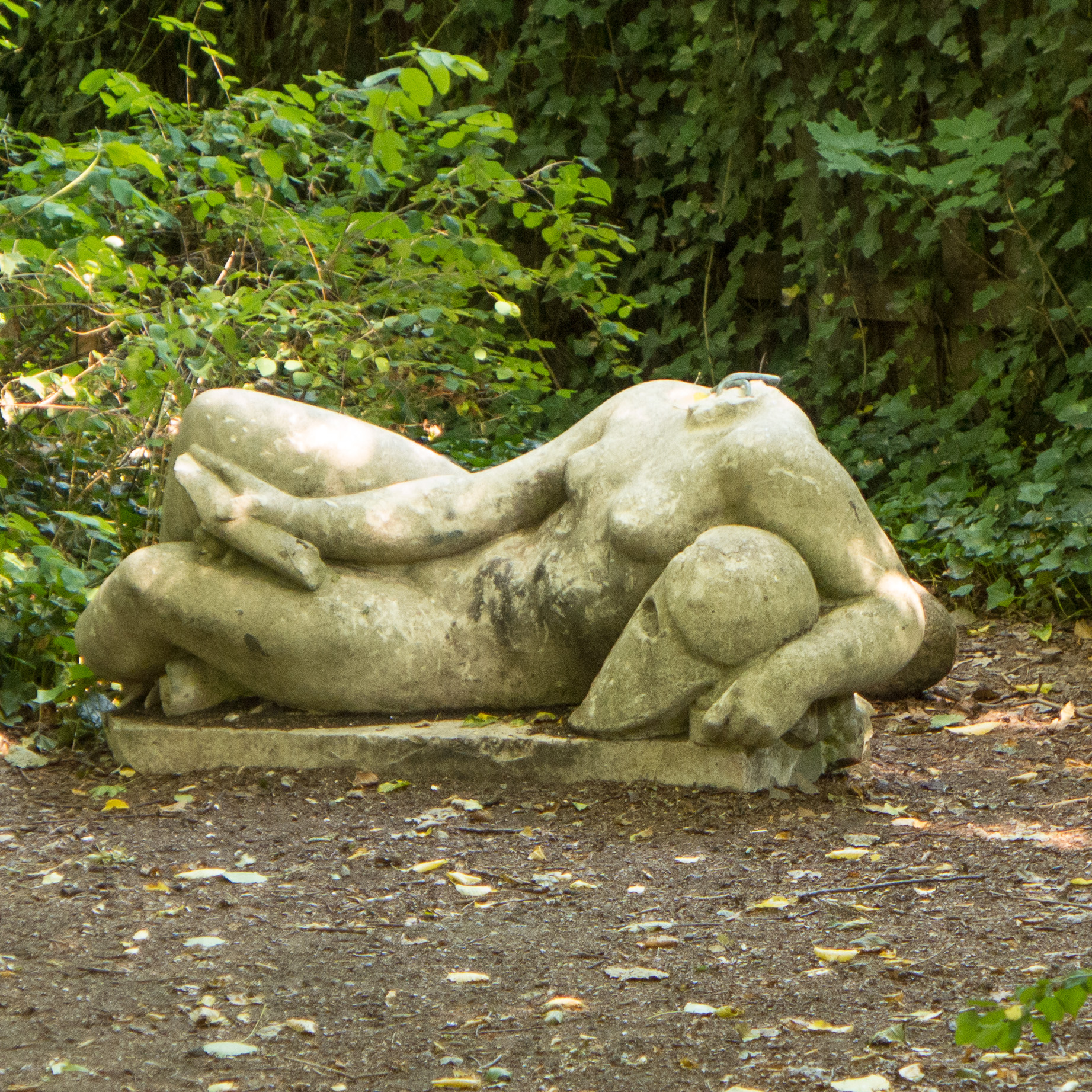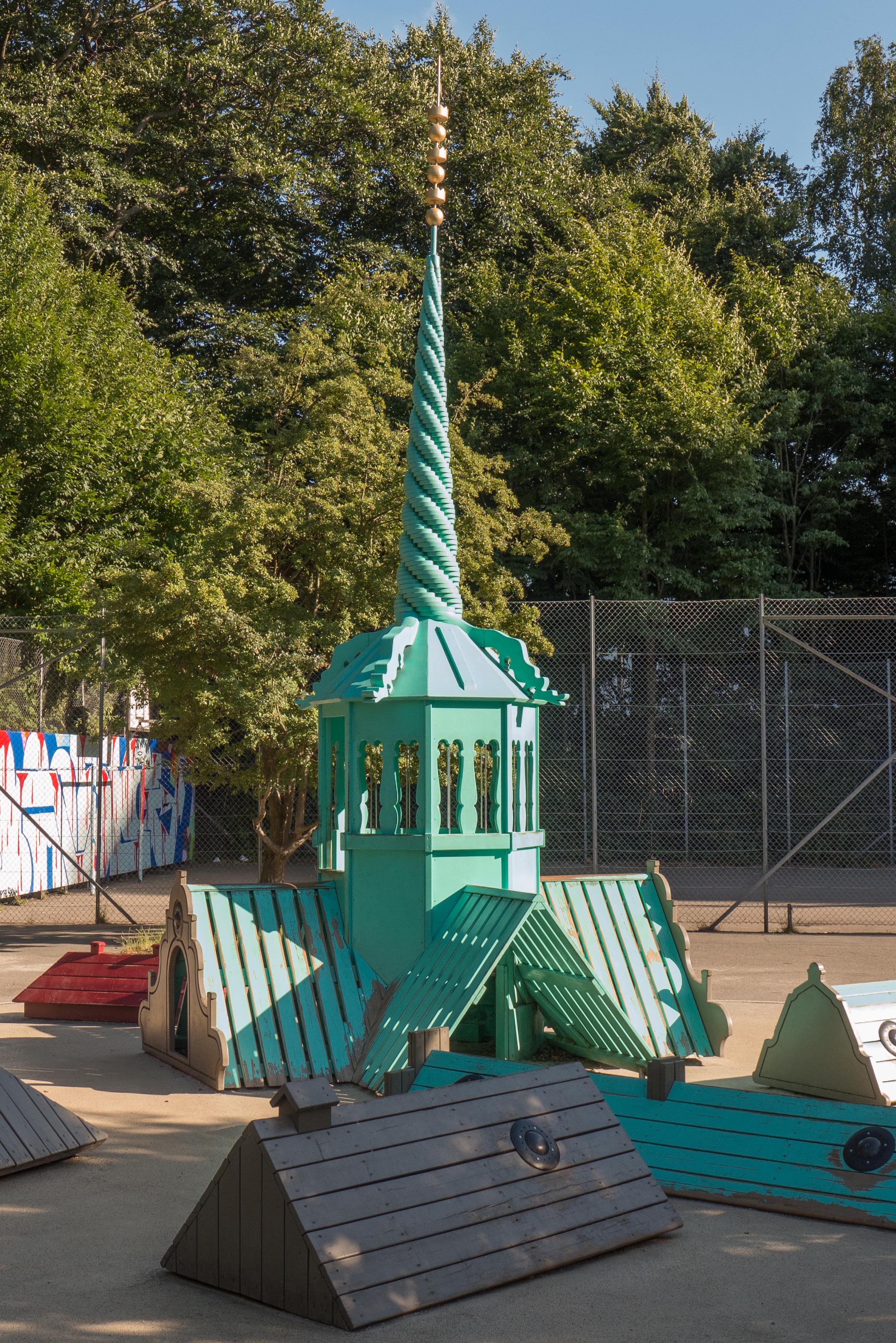Fælledparken / Fælled Park
/
Between 1908 and 1914, a public park was laid out on a large area of open ground known as Østerfælled … land that was outside the historic city defences and beyond the lakes and that had been been used in part as a bleaching ground and in part by the army and was crossed by important roads that converged at the start of the King’s highway that headed north to Lyngby and on to the castle at Frederiksborg.
An irregular shape, the large area is contained within main roads with Østerbrogade to the east, Blegdamsvej to the south and Tagensvej and Nørre Allé to the west but with large buildings encroaching on the area across the south side, including the Masons’ Hall and the headquarters of the Red Cross, along with a main hospital, Rigshospitalet, at the south-west corner.
Despite the encroachment of buildings around the edge, the open area is large … running back well over a kilometre from Blegdamsvej and is over a kilometre wide at the widest point. There are lakes, pitches for football, an area laid out with small-scale roads and junctions - Trafiklegepladsen - where children learn to ride bikes and there are playgrounds including Tårnlegepladsen /Tower Park and a large skate park.


